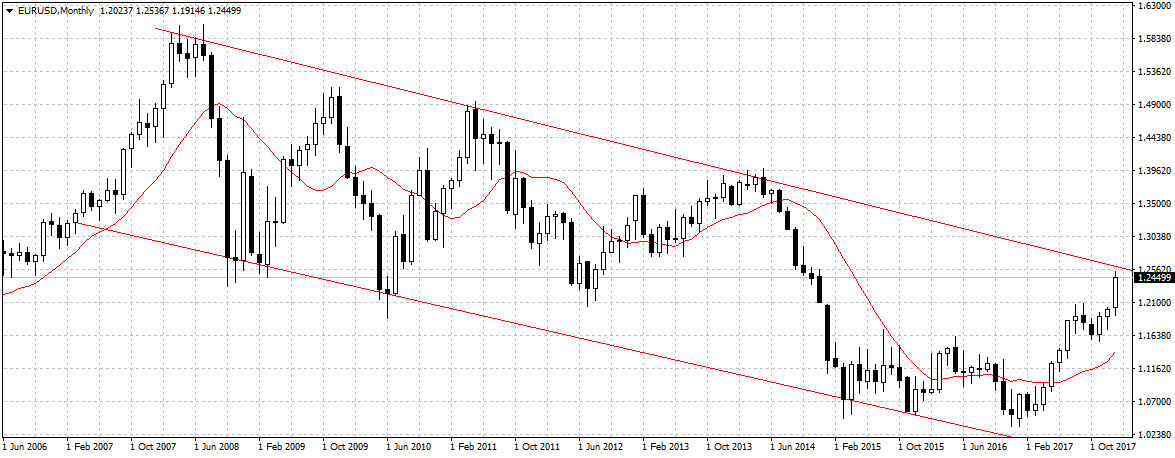The consumer prices in the 19-nation climbed 1.3 percent in January, according to the European Union’s statistics office. This was below the 1.4 percent recorded in December and far from the 2 percent target of the European Central Bank.
Despite the weak inflation rate, the Euro single currency rose to the highest level in three years against the U.S. dollar to complicate ECB’s position. This, Mario Draghi called source of uncertainty.
While the economy remained strong, president Mario Draghi stated last week that the region growth still depends largely on stimulus, explaining that it’s too early to discuss stimulus reduction.
Inflation rate in Germany, Europe’s largest economy, also slowed for a second straight month in January, while in Spain inflation rate declined from 1.2 percent in December to 0.7 percent in January.
“We’re watching Germany very closely,” said Societe Generale economist Anatoli Annenkov. “It will matter for the ECB, at least you get an indication of what will happen eventually when slack in the labor market is exhausted.”
Some experts believe the high unemployment rate in southern Europe is subduing price pressure as wages haven’t risen sufficiently to effect headline inflation.
Unemployment rate in the region stood at 8.7 percent in December, a separate Eurostat report released on Wednesday revealed.
The Euro gained 0.4 percent against the falling U.S. dollar to $1.2449.














Leave A Comment